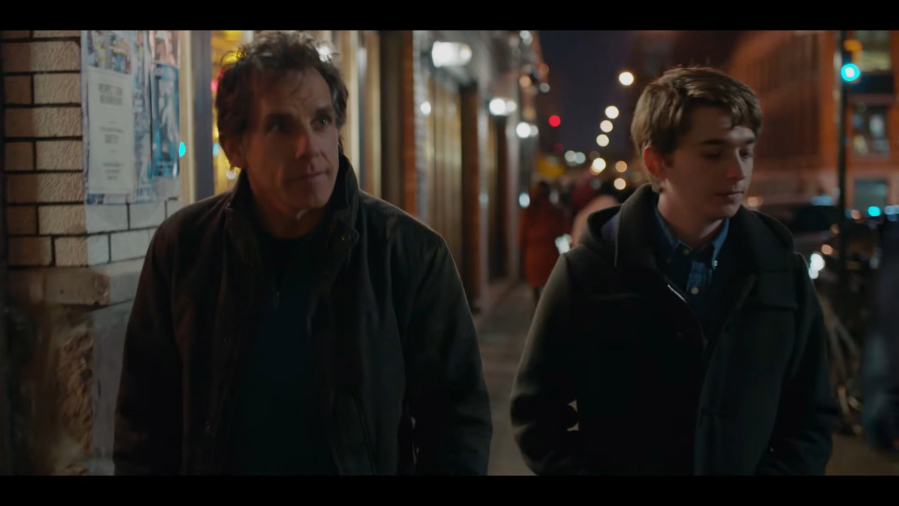Brad has anxiety. He has insomnia and a general sense of discomfit, ennui and malaise. There’s no reason for Brad (Ben Stiller) to feel this way — he has a nice, comfortable suburban home, a sweet wife (Jenna Fischer), a smart son. But what Brad doesn’t have is status. The kind of status (and money) attained by his successful college friends.
In “Brad’s Status,” writer-director (and co-star) Mike White dives deeply into the life comparison trap that’s become virulent in the social media age. This midlife crisis happens to fall on the week of his son’s college tour where Brad and son Troy (Austin Abrams) explore what life might be like as a Harvard man.
Some of Stiller’s best performances have been in roles where he inhabits a kind, gentle neuroticism, uncomfortable in his own skin but never wanting to make anyone else too uncomfortable. His Brad is just that, and coupled with writer-director White, Brad’s journey becomes an existential, spiritual one.
While Brad shepherds his son around Cambridge, it offers him the chance to reflect on his own college days at Tufts, the tight-knit group of guys who went on to become hedge-fund managers (Luke Wilson), political pundits (Michael Sheen), tech moguls (Jemaine Clement) and movie directors (White). Brad, well, his online magazine failed and now he runs a small non-profit.



